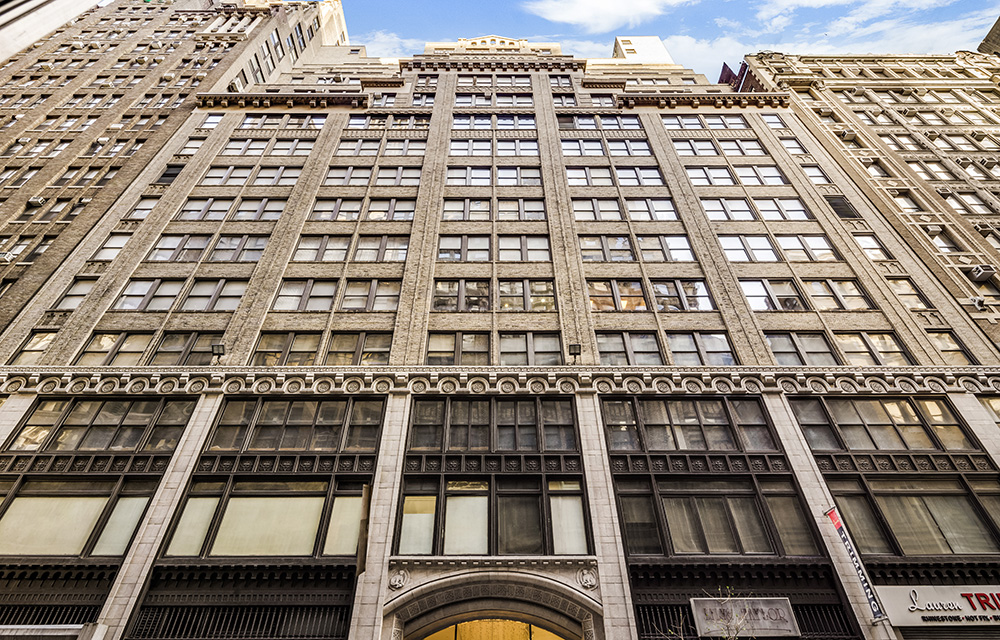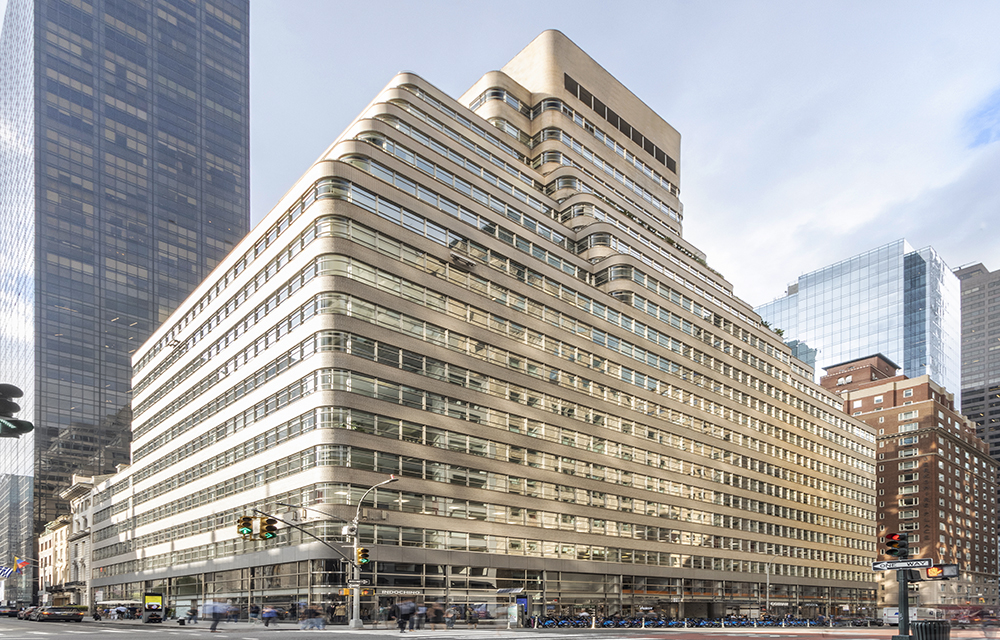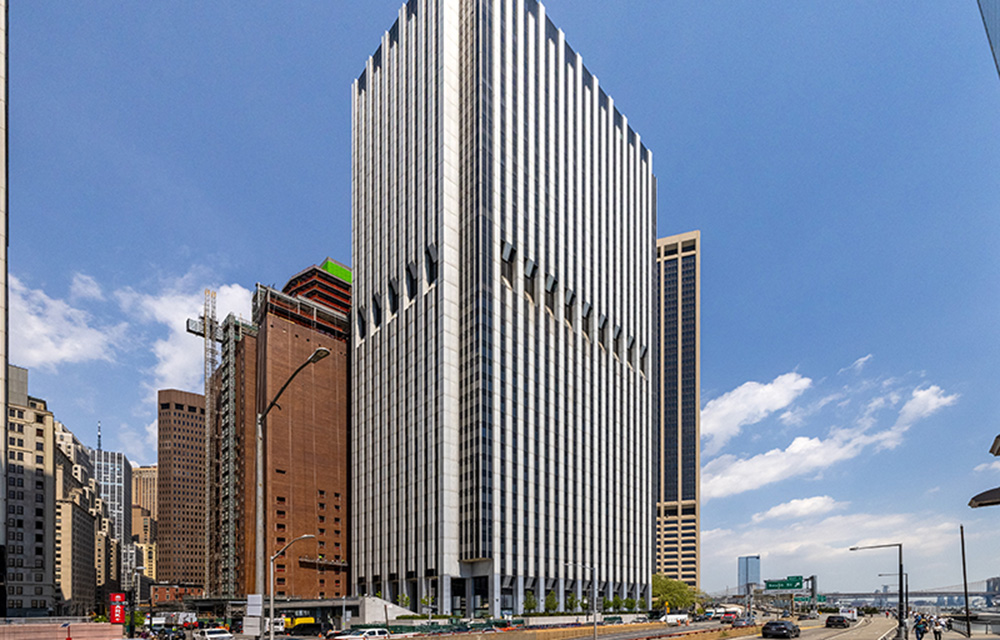Question of the Month: What are the nine foundations of a healthy building? - by Chuck Hurchalla

Evolution Energy Partners
(Evolution Sustainability Group)
What makes a building healthy? A healthy building needs to be designed for efficiency, safety, livability, and of course, comfort. Most organizations strive to provide healthy buildings for their tenants and employees, but their understanding of what that entails is often limited. Fortunately, the Healthy Buildings Program at Harvard created nine guidelines to follow.
Here are the nine foundations of a healthy building:
1. Ventilation
Outside air is significantly cleaner and healthier than the air indoors—at least above street level where you can eliminate things like car exhaust. Healthy ventilation means removing the stale, recirculated air and replacing it with clean, fresh, outdoor air—then filtering that air to remove contaminants.
2. Air Quality
Eliminating particles from the air, down to the nanometer size is essential for good air quality. Many furnishings, supplies, and building materials release harmful chemicals over time. Look to eliminate things like lead and asbestos from older buildings, and do not use paints, solvents, or cleaning supplies that include volatile organic compounds.
3. Water Quality
The water system in a healthy building must be tested regularly and meet the U.S. National Drinking Water Standard. This may involve installing water purification and filtration above and beyond what’s done by the municipal water system.
4. Thermal Health
The building’s temperature must be kept comfortable and consistent over time. The same goes for humidity. If possible, this should include separate climate controls for each floor in the building. Since heat rises, upper floors may be significantly warmer than lower ones. There should also be a thorough examination of the building to see if there are disparate temperatures in different areas, and address those issues.
5. Dust and Pests
Dust and contaminants in the air can be eliminated by your air ventilation and filtration system. But what about the dust that settles in the carpet, or on surfaces? What about bugs and other pests that can make their way into your building? Sealing leaks, gaps, and other potential entry points can help prevent pests from getting in. Vacuum regularly with a high efficiency filter, and dust thoroughly.
6. Lighting and Views
Healthy buildings should be designed to let in as much natural light as possible. Working for long periods of time in an area lit only with artificial light can be detrimental to workers’ health and well-being. All workers should have a clear view of at least one window from their station.
7. Noise
How well can you hear the traffic outside? Is there heavy construction? Airplanes overhead? What about the noise inside, such as the humming of equipment, or the beeps of devices? Noise should be mitigated as much as possible, and “quiet areas” should be provided in the building to get away from the noise.
8. Moisture
There are a number of ways moisture can enter a building, from roof leaks to plumbing problems, to HVAC issues. Moisture can in turn lead to mold, mildew, and other problems. A building’s roof, plumbing, and HVAC systems should be checked regularly and well-maintained to prevent unwanted moisture.
9. Safety and Security
Exit signs should be clearly visible. Stairways, parking lots, and other potentially dangerous areas should be well lit. Smoke alarms, fire alarms, carbon monoxide detectors, etc. should be regularly maintained and kept working and in good repair.
This is just a basic overview of Harvard’s nine foundations of a healthy building and what they entail. There are a myriad of ways to improve the health of your building, and with effort and dedication, any building can be made healthier. What’s more, by creating a healthier building, you create a brighter future for your company and employees.
Contact the EEP team today to learn more about improving the health of your building, [email protected] or 610-329-8288.
Chuck Hurchalla is the president of Evolution Energy Partners (Evolution Sustainability Group), Exton, Pa.
Meridian Capital Group arranges 10-year retail lease for Mess at 236 West 10th St.


AI comes to public relations, but be cautious, experts say - by Harry Zlokower

Behind the post: Why reels, stories, and shorts work for CRE (and how to use them) - by Kimberly Zar Bloorian

Lasting effects of eminent domain on commercial development - by Sebastian Jablonski









.jpg)

.gif)